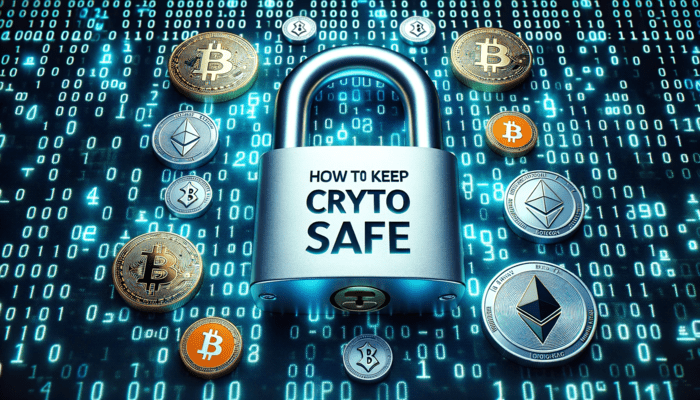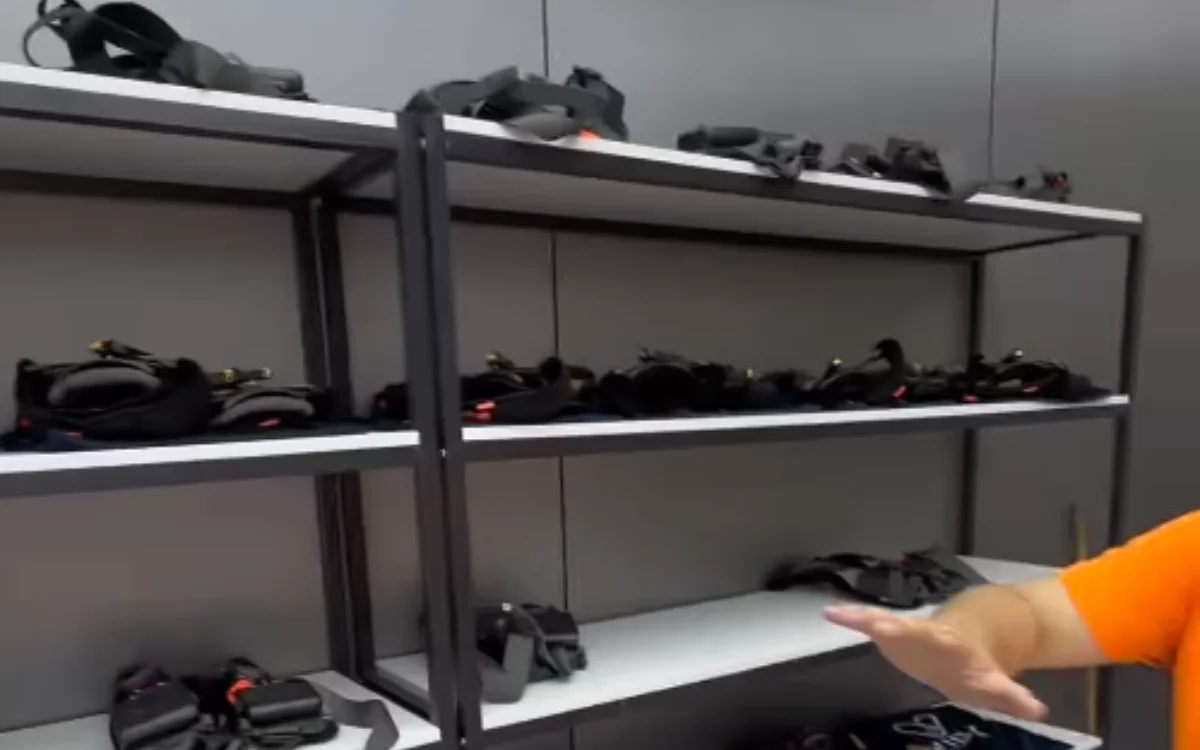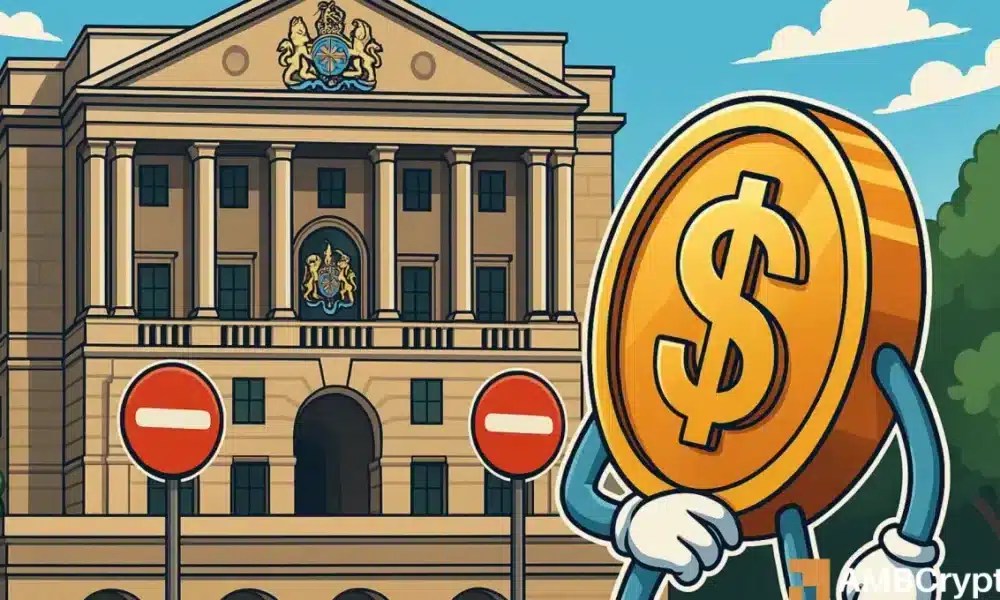How to Keep Crypto Safe
The post How to Keep Crypto Safe appeared on BitcoinEthereumNews.com. In the age of digital transactions, cryptocurrencies have emerged as a revolutionary form of decentralized finance. However, with the rise in popularity of crypto assets, there has also been a surge in cyber threats targeting these assets. Ensuring the safety of your cryptocurrency is paramount, and this article will guide you through the steps to secure your digital wealth and to keep crypto safe. Use Strong, Unique Passwords Start with the basics. Always use a password that is at least 12 characters long, combining numbers, letters (both uppercase and lowercase), and special characters. Avoid using easily guessable information such as birthdays or names. Consider using a password manager to store and generate robust passwords. Enable Two-Factor Authentication (2FA) Many crypto exchanges and wallets offer 2FA as an additional security layer. This requires a second piece of information – usually a code sent to your mobile device – in addition to your password. It ensures that even if someone gets hold of your password, they can’t access your assets without the second authentication factor. Be Wary of Phishing Attempts Cybercriminals often use phishing emails or fake websites to trick users into revealing their credentials. Always double-check URLs, especially when accessing your crypto wallet or exchange. Look for the padlock symbol in the browser bar, indicating a secure connection. Keep Software Updated Regularly update the software on your devices, including your crypto wallet software. Developers continually patch vulnerabilities, and staying updated ensures you’re protected from known threats. Limit Online Exposure Consider using a separate email for your crypto transactions and avoid publicizing your investments on social media or public forums. The less information cybercriminals have about you, the better. Offline Wallets: A Secure Alternative As you delve deeper into the world of crypto, you might come across the term ‘cold storage’ or…

The post How to Keep Crypto Safe appeared on BitcoinEthereumNews.com.
In the age of digital transactions, cryptocurrencies have emerged as a revolutionary form of decentralized finance. However, with the rise in popularity of crypto assets, there has also been a surge in cyber threats targeting these assets. Ensuring the safety of your cryptocurrency is paramount, and this article will guide you through the steps to secure your digital wealth and to keep crypto safe. Use Strong, Unique Passwords Start with the basics. Always use a password that is at least 12 characters long, combining numbers, letters (both uppercase and lowercase), and special characters. Avoid using easily guessable information such as birthdays or names. Consider using a password manager to store and generate robust passwords. Enable Two-Factor Authentication (2FA) Many crypto exchanges and wallets offer 2FA as an additional security layer. This requires a second piece of information – usually a code sent to your mobile device – in addition to your password. It ensures that even if someone gets hold of your password, they can’t access your assets without the second authentication factor. Be Wary of Phishing Attempts Cybercriminals often use phishing emails or fake websites to trick users into revealing their credentials. Always double-check URLs, especially when accessing your crypto wallet or exchange. Look for the padlock symbol in the browser bar, indicating a secure connection. Keep Software Updated Regularly update the software on your devices, including your crypto wallet software. Developers continually patch vulnerabilities, and staying updated ensures you’re protected from known threats. Limit Online Exposure Consider using a separate email for your crypto transactions and avoid publicizing your investments on social media or public forums. The less information cybercriminals have about you, the better. Offline Wallets: A Secure Alternative As you delve deeper into the world of crypto, you might come across the term ‘cold storage’ or…
What's Your Reaction?









































